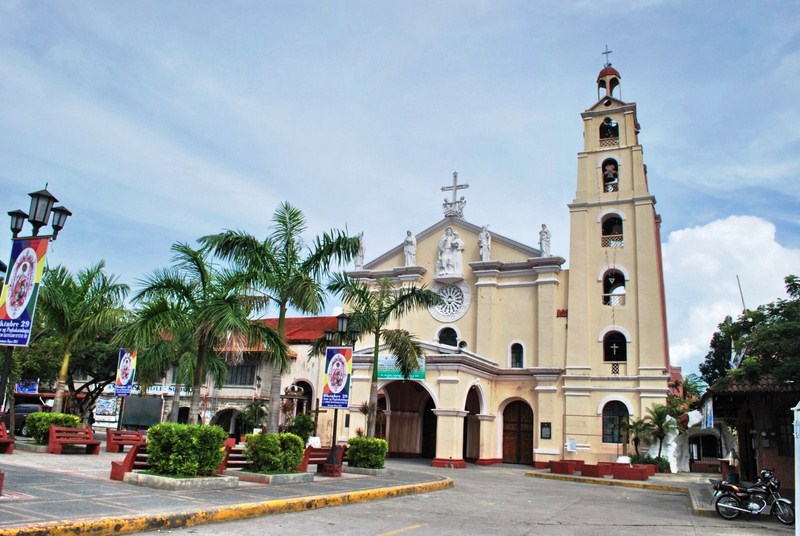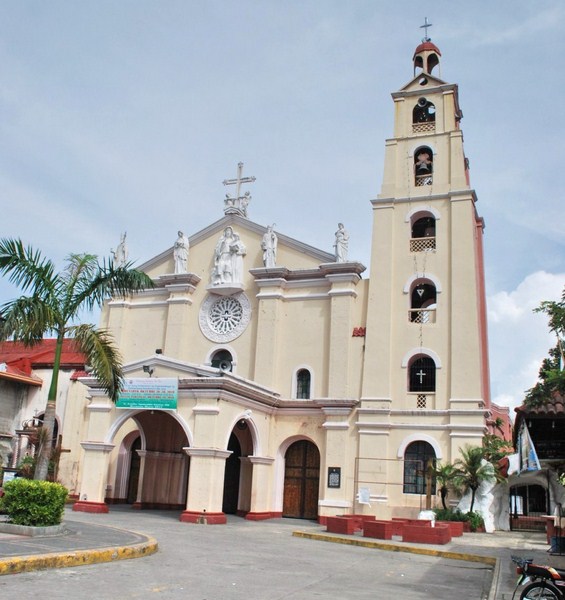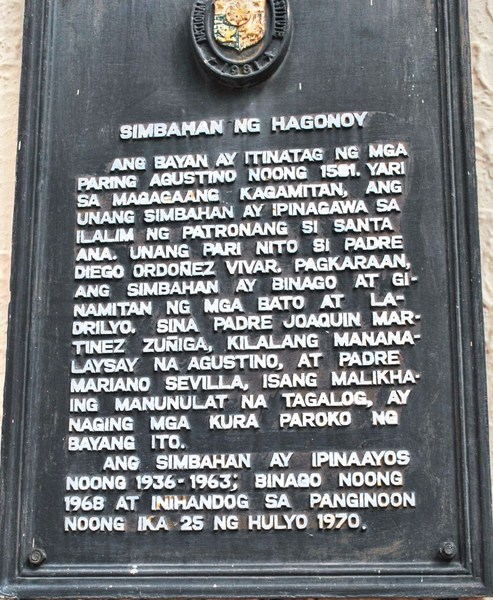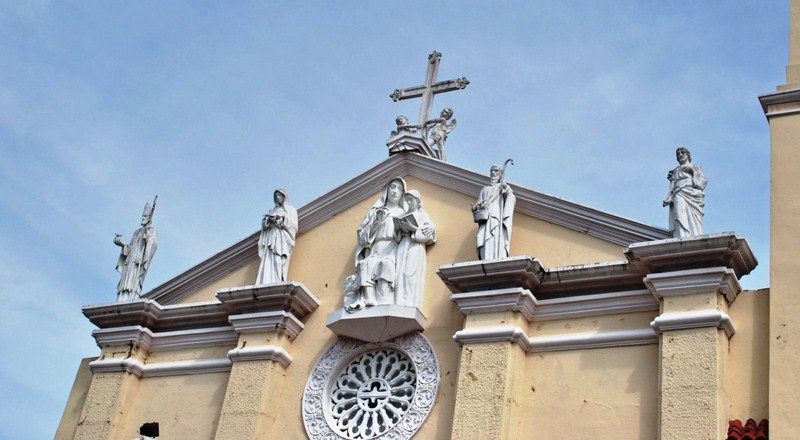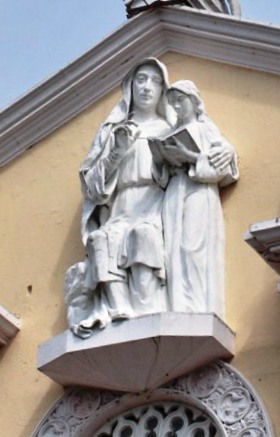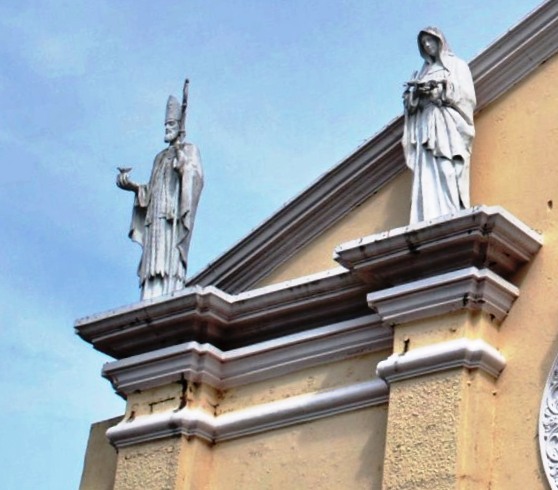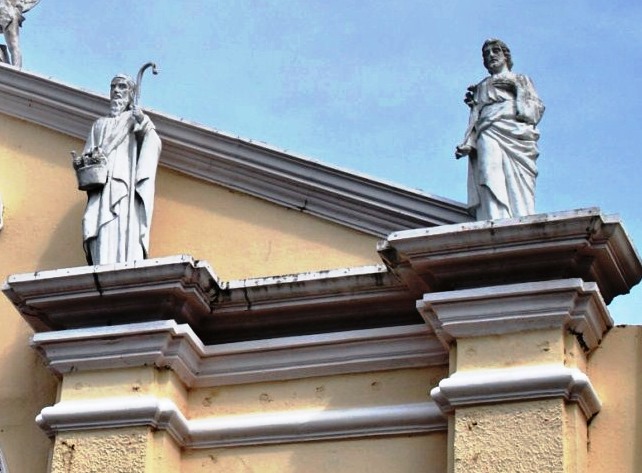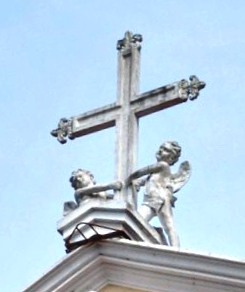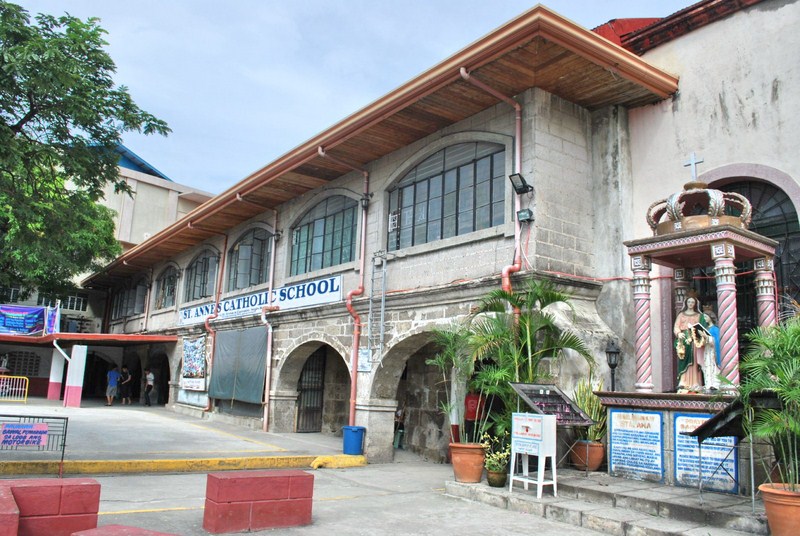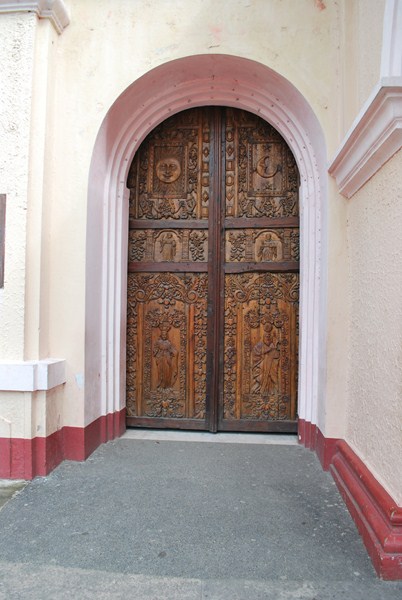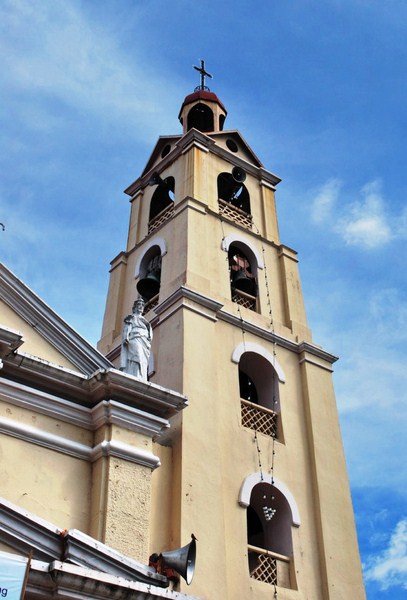The Bulacan Doll Museum, a museum located within the Pulilan Butterfly Haven, a popular ecological and swimming resort, exhibits a 17-diorama doll collection that pays tribute to Filipino craftsmanship.
Check out “Pulilan Butterfly Haven and Resort“
Among the historical events depicted in the dioramas are the Birth of Katipunan in Bulacan, the Battle of San Rafael, the Declaration of Philippine Independence, the Biak-na-Bato Republic; the Capture of Calumpit by the Americans, the Japanese Occupation in Bulacan, the Independence Day celebration in Bulacan, the Malolos Congress, and the Defense of Kakarong de Sili in Pandi.
The museum also features the Carabao Festival, the Sta. Clara Fertilization Dance in Obando, the fluvial parade of Bocaue, the Good Friday procession in Baliwag, Bayanihan and Pamanhikan (pre-nuptial entreaty ceremony); Alamat (fable) of Ibong Adarana; the folklore of Juan Tamad; the neighborhood cooperative endeavor; and Bulacan industries such as Paombong vinegar (suka) industry, the making of polvoron and other native delicacies, jewelry-making, embroidery and hat-weaving.
Pulilan Butterfly Haven: San Francisco St., Poblacion, Pulilan, Bulacan. Tel: (044) 676-1377 and 910-1388. E-mail: pulilanbutterfly@yahoo.com. Website: www.pililanbutterfly.ph.

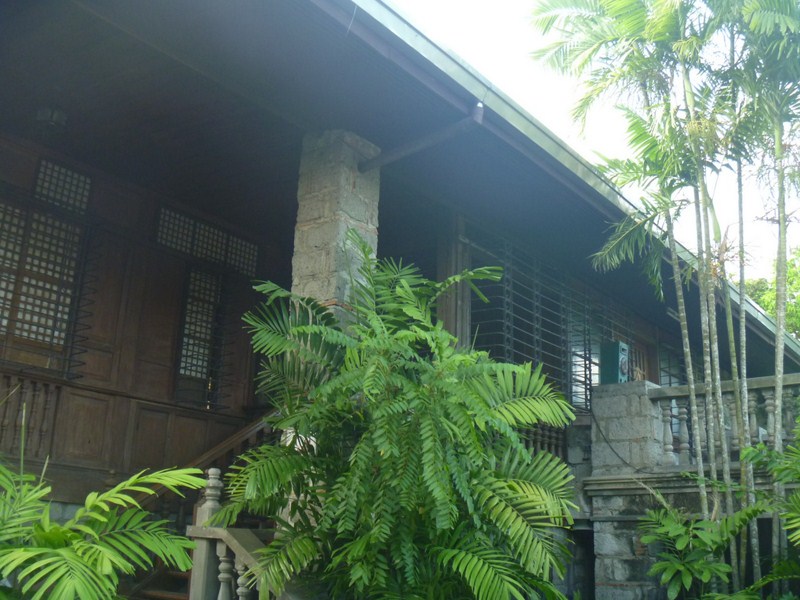
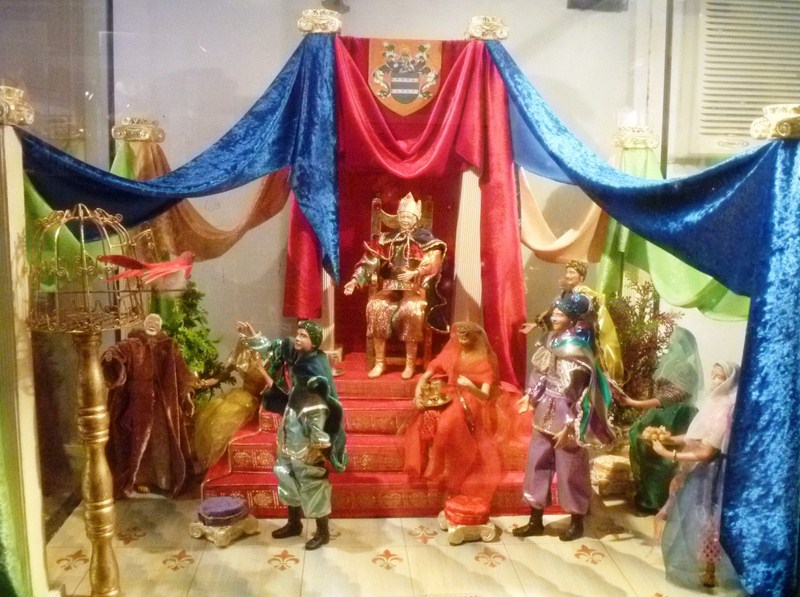
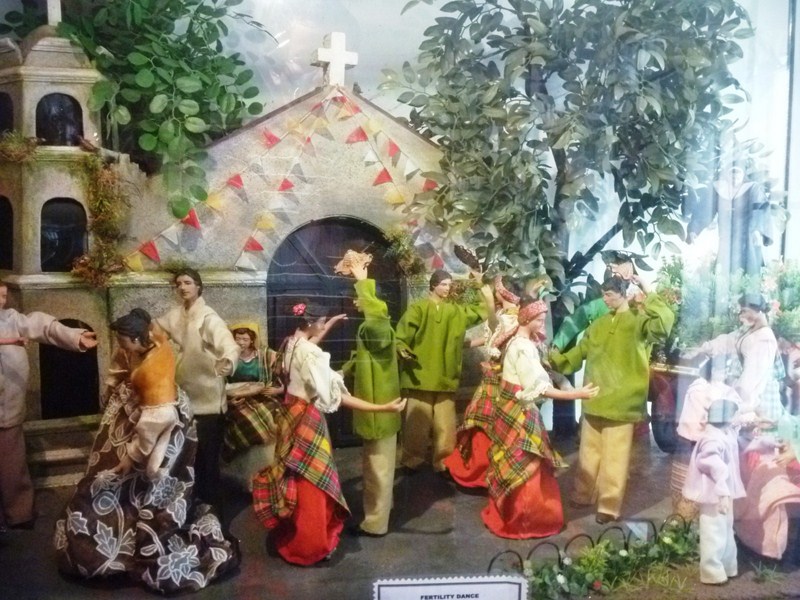
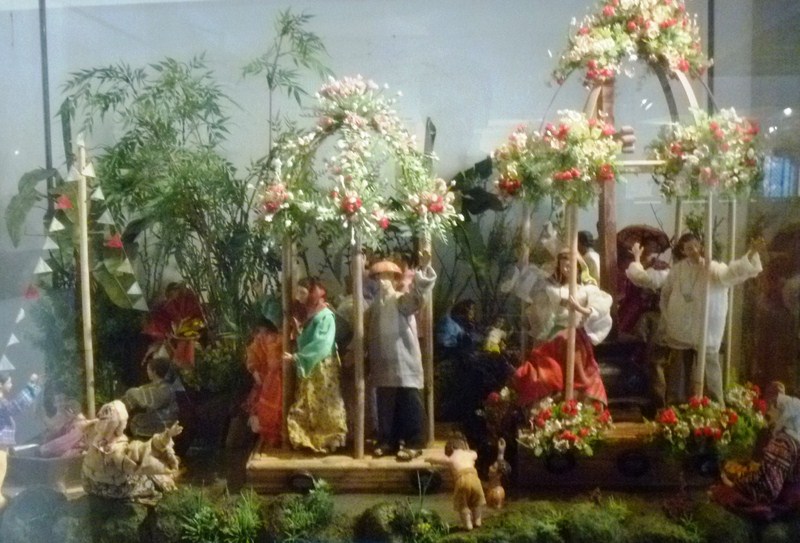
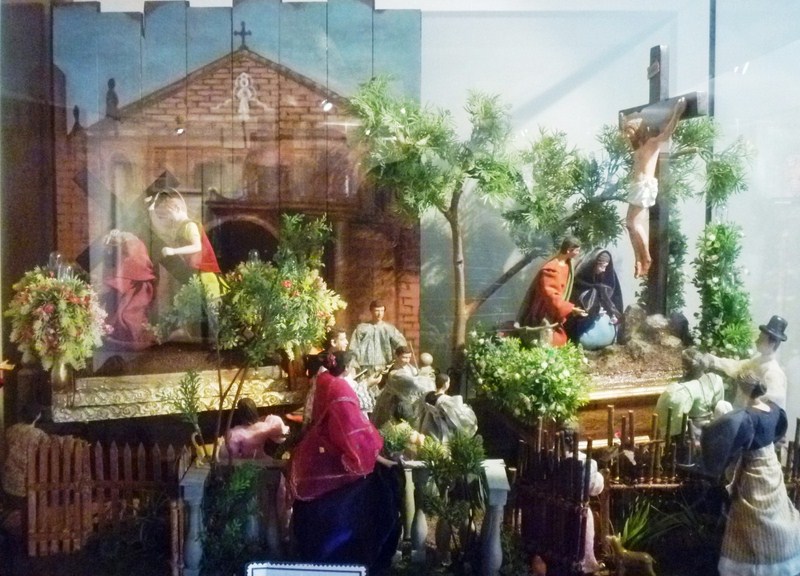
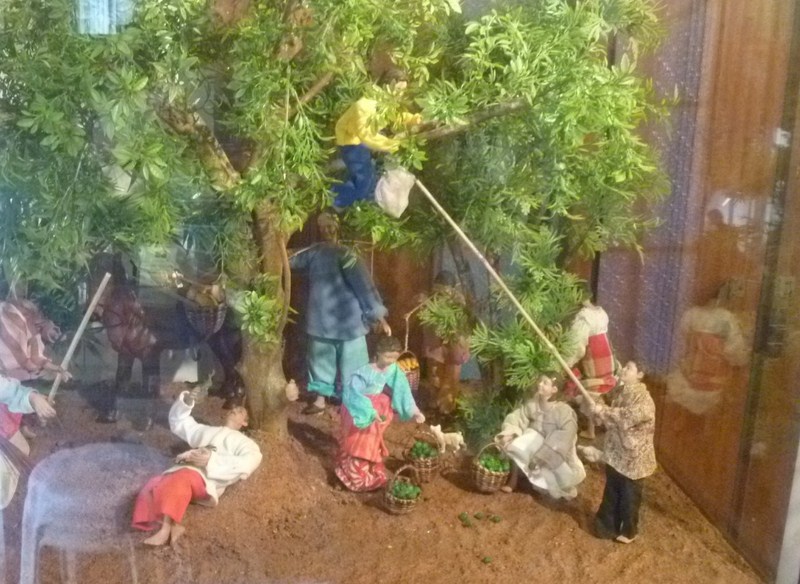
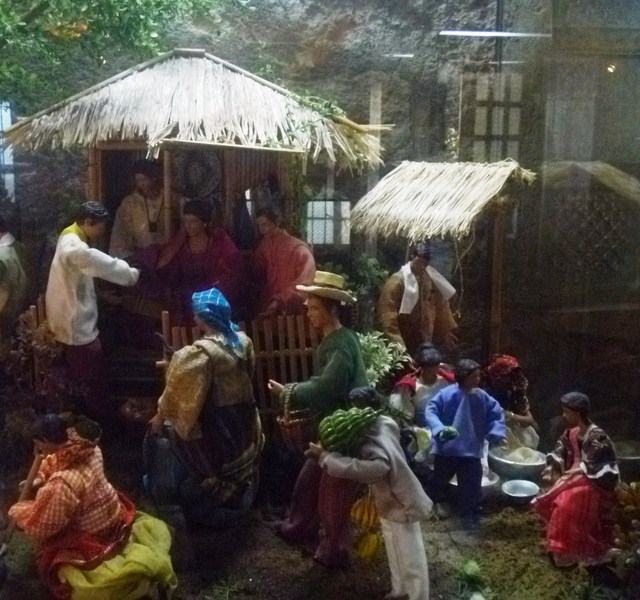
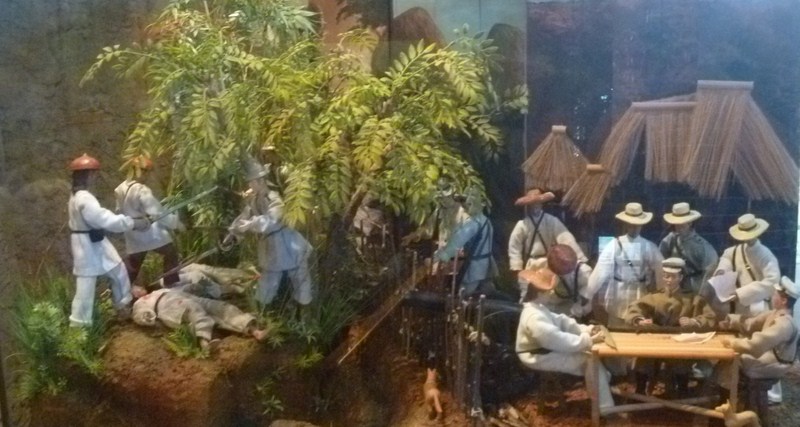



.jpg)
.jpg)

.jpg)

.jpg)
.jpg)
.jpg)
.jpg)

.jpg)
.jpg)
.jpg)
.jpg)
.jpg)
.jpg)
.jpg)
.jpg)
